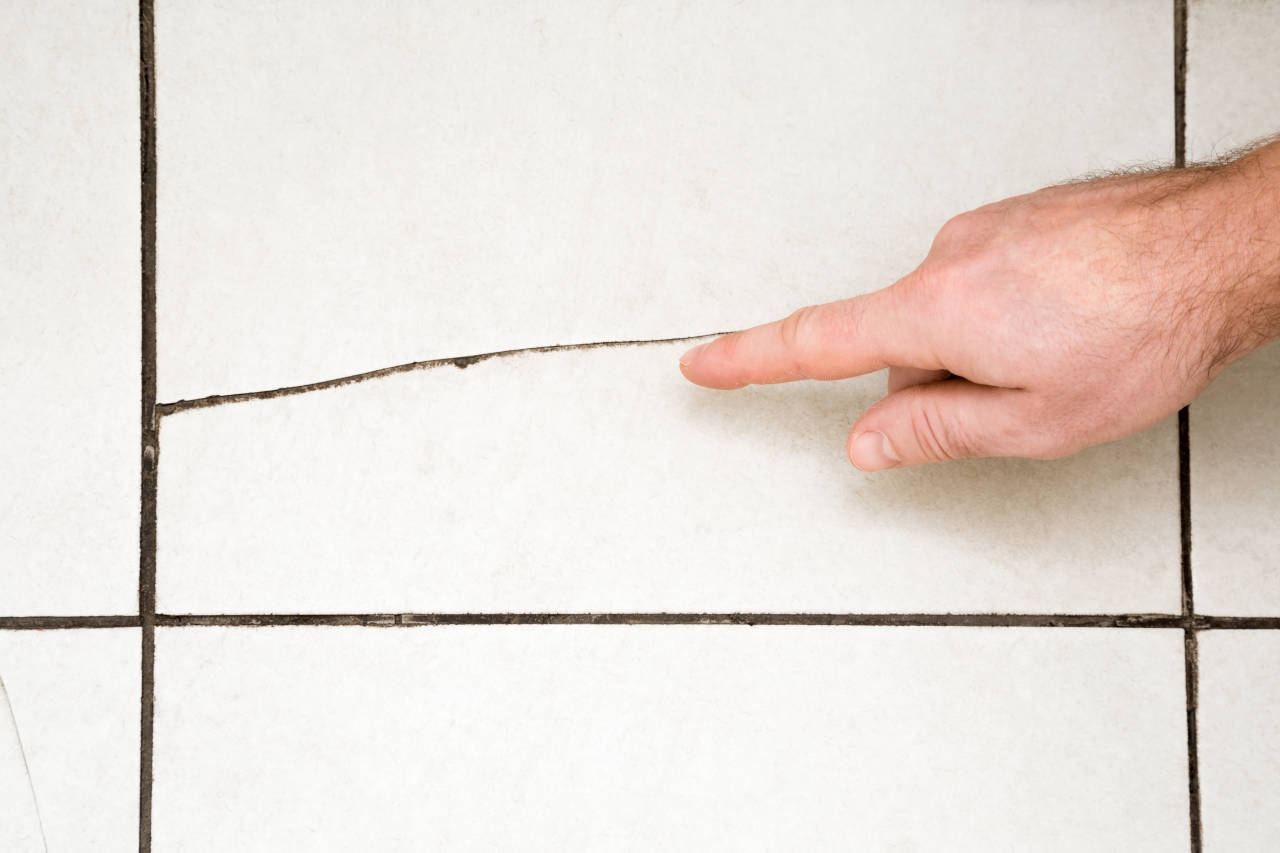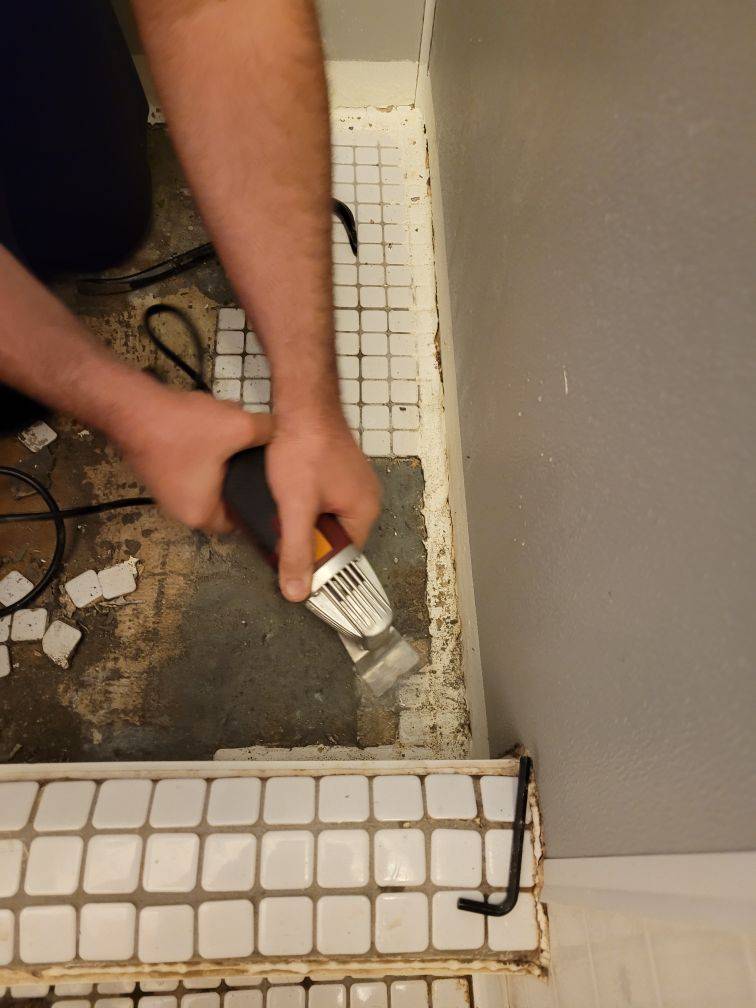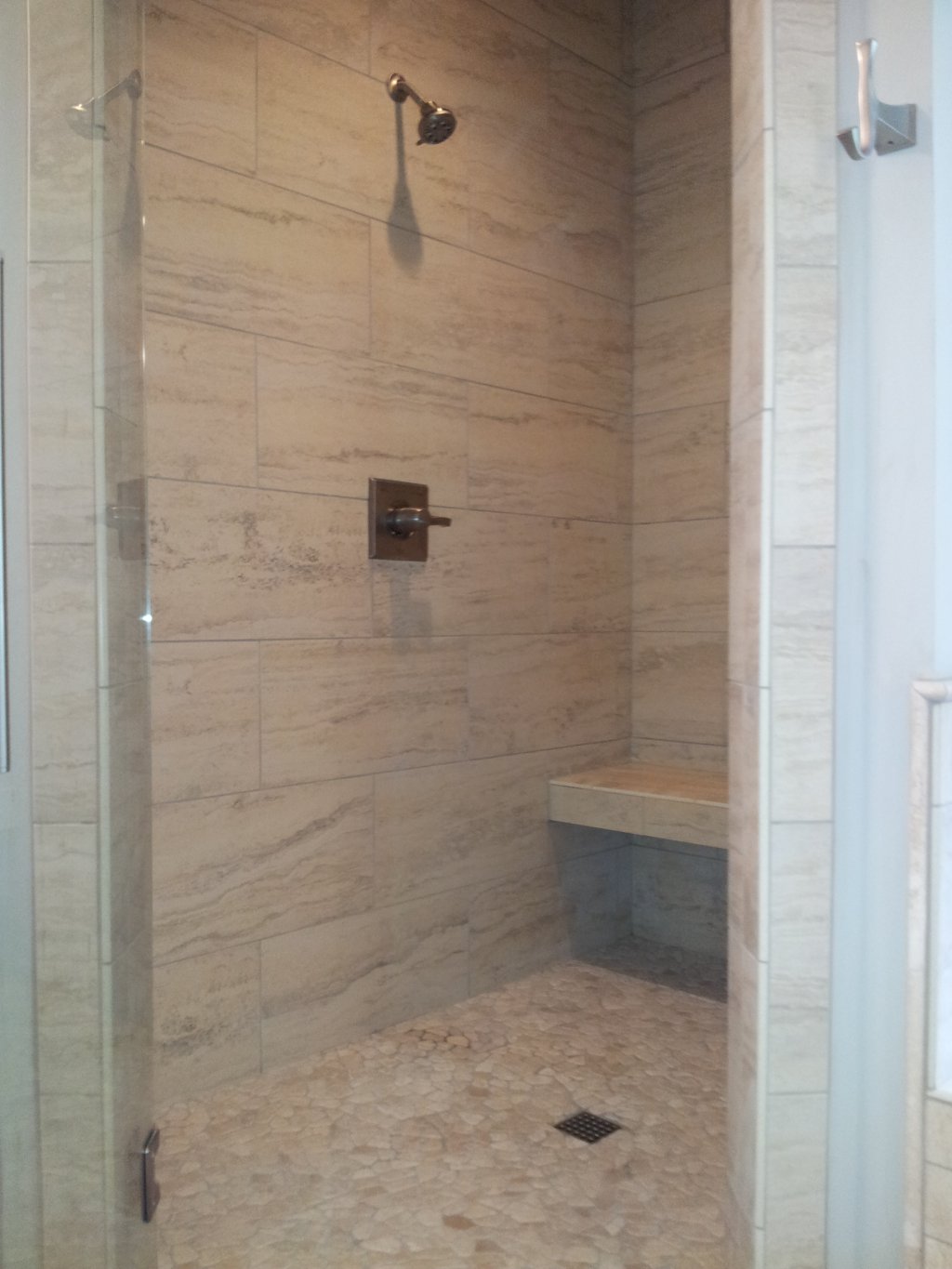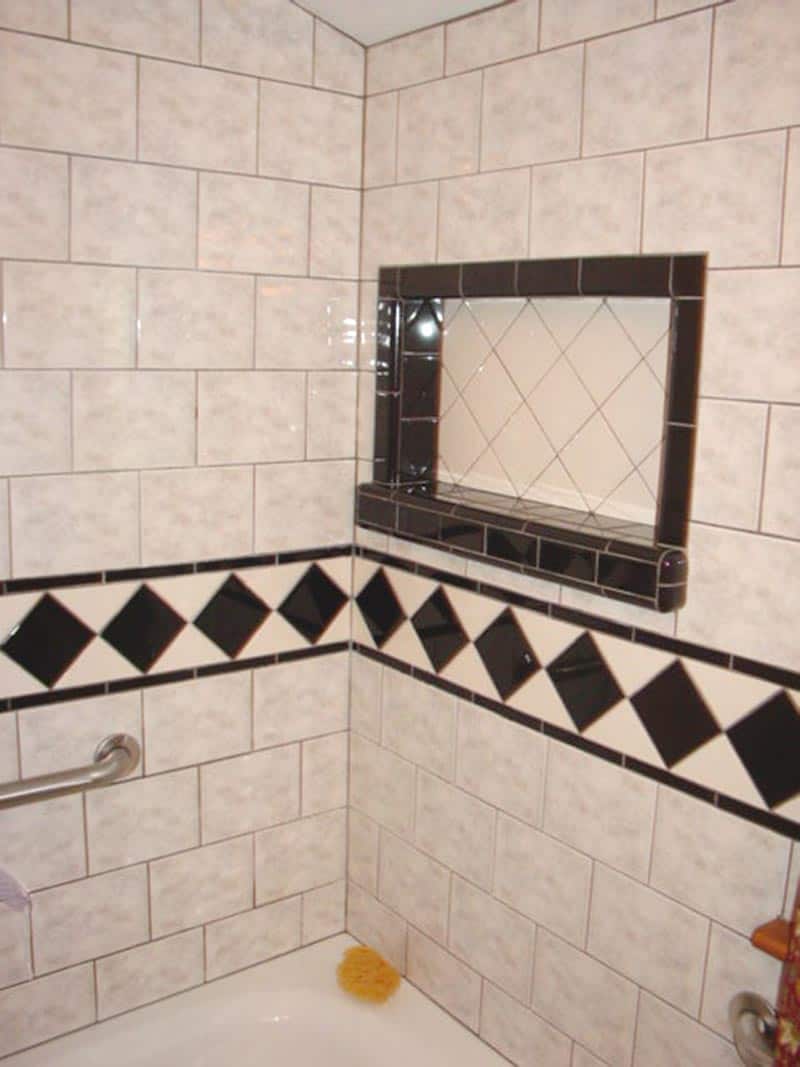Bathroom tile repairs and replacement are common maintenance tasks that homeowners may need to undertake to keep their bathrooms looking fresh and functional. Over time, bathroom tiles can become damaged, cracked, or stained due to wear and tear, moisture exposure, and other factors. When this occurs, it’s essential to address the issue promptly to prevent further damage and maintain the integrity of the bathroom space. Whether you’re dealing with minor tile repairs or considering a full-scale replacement, understanding the process and best practices for tile repair and replacement is crucial for achieving successful results and prolonging the lifespan of your bathroom tiles.
When it comes to minor tile repairs, such as fixing small cracks or chips, the process typically involves cleaning the affected area, applying an appropriate adhesive or filler, and smoothing out the surface to match the surrounding tiles. This can often be done as a DIY project using simple tools and materials readily available at most hardware stores. However, for more extensive damage or if you’re not comfortable tackling the repairs yourself, it’s advisable to consult with a professional tile installer or contractor who can assess the situation and provide expert guidance on the best course of action.
In some cases, minor tile repairs may not be sufficient to address the issue, especially if the damage is extensive or if the tiles are outdated and no longer in good condition. In such instances, it may be necessary to consider a full-scale tile replacement to restore the functionality and aesthetics of the bathroom space. This typically involves removing the existing tiles, preparing the substrate, and installing new tiles in their place. While this can be a more involved and labor-intensive process than simple repairs, it offers the opportunity to completely refresh and update the look of the bathroom, allowing homeowners to choose new tile styles, colors, and patterns to suit their preferences.
Before embarking on a tile replacement project, it’s essential to carefully assess the condition of the existing tiles and substrate to determine the extent of the damage and the scope of the work required. This may involve inspecting the grout lines for signs of cracking or deterioration, checking for water damage or mold growth behind the tiles, and evaluating the overall structural integrity of the substrate. Depending on the findings, additional repairs or preparatory work may be necessary to ensure a successful tile replacement project.
In addition to addressing damage and deterioration, homeowners may also choose to replace bathroom tiles as part of a larger renovation or design update. Whether you’re looking to modernize the look of your bathroom, enhance its functionality, or simply change the aesthetic to better reflect your style, replacing tiles can have a significant impact on the overall design and ambiance of the space. With a wide range of tile options available, including ceramic, porcelain, glass, and natural stone, homeowners can customize their bathroom to achieve the desired look and feel.
Bathroom tile repairs and replacement are essential maintenance tasks that can help prolong the lifespan of your bathroom tiles and keep your bathroom looking fresh and functional. Whether you’re dealing with minor repairs or considering a full-scale replacement, it’s crucial to understand the process and best practices for addressing tile damage and deterioration. By assessing the extent of the damage, consulting with professionals as needed, and carefully planning the project, homeowners can achieve successful results and enjoy a beautifully renovated bathroom space for years to come.
How Do I Repair Tile in a Shower? : Ceramic Tile Repair
Cost to Repair Tile – 2024 Cost Guide – Inch Calculator
Grout Medic is Your Source for Tile Repair – The Grout Medic
How to Replace Cracked and Broken Shower Tiles
Loose Bathroom Floor Tiles: Repair or Replace? » The Money Pit
Fixing loose floor tiles and why they crack in new builds?
JRI- TILE REPAIR, Tile u0026 Grout REPAIRS. Reapir Ceramic Tile
Tile Repair Services Tile Repair The Grout Medic
Tile and Grout Repair Before u0026 After The Grout Medic of Northern
Ceramic Tile Repair And Restoration – Tile Floor Installation In
Related articles:
- Restore Old Bathroom Tile
- Rustic Bathroom Tile Designs
- Vertical Bathroom Tile Designs
- Bathroom Tile Makeover
- Modern Bathroom Tile Ideas
- Blue Glass Mosaic Bathroom Tiles
- Bathroom Tile Shower Design Ideas
- Modern Bathroom Tile Texture
- Modern Bathroom Tile Layout
- Bathroom Tiles Painted Over
Bathroom Tile Repairs And Replacement
When it comes to bathroom renovations, one of the most common jobs that homeowners take on is replacing and repairing tile. Bathroom tile can become damaged over time, either from water damage, an accident, or simply from natural wear and tear. Replacing or repairing the tiles in your bathroom can make a big difference in the overall look and feel of the room. But before you start any bathroom tile repairs or replacement, it’s important to understand what’s involved and what your options are. We’ll discuss the basics of bathroom tile repairs and replacement and provide some helpful tips for getting the job done right.
Choosing the Right Tiles for Your Bathroom
The first step in replacing or repairing bathroom tiles is to choose the right tiles for your particular space. There are several factors you should consider when selecting your tiles, including durability, aesthetics, and cost. Durability is an important factor, as you want to make sure that your tiles can stand up to moisture and other elements in the bathroom environment. Aesthetics are also important; you want to select tiles that will complement the overall design of your bathroom. Cost is another factor; depending on what type of tiles you choose, they can range from fairly inexpensive to quite expensive.
Preparing Your Bathroom for Tile Repairs and Replacement
Once you have selected your new tiles, it’s time to start preparing for your project. This includes taking measurements of the area where you will be laying the tiles and removing any existing tiles from the walls or floor. If there are any cracked or loose grout lines, these should be filled in with fresh grout before laying down new tiles. You will also need to make sure that all surfaces are clean and free of dust or debris before beginning work.
Laying Down New Tiles
Once all surfaces have been prepared, it’s time to start laying down new tiles. Depending on what type of tile you have chosen, this process may vary slightly. Generally speaking, however, you will need to apply adhesive to both the back of the tile itself as well as the surface where it will be installed before setting it into place. Once all of your new tiles is laid down, it’s important to wait 24 hours before applying grout lines between them. This will ensure that all adhesives have had adequate time to cure properly before adding grout lines.
Repairing Existing Tiles
If you have existing tiles that need repair instead of replacement, the process is a bit different than installing new ones. Depending on how much damage has been done to the tile itself, repairs may range from simply filling cracks with fresh grout lines up to replacing an entire section with a new piece of tile. If there is significant damage however—such as multiple large cracks—it may be best to replace the entire section rather than trying a repair job which could end up being more costly in the long run.
How long does it take to replace or repair bathroom tiles?
The amount of time needed for a bathroom tile repair or replacement job depends largely on how much work needs to be done and how big of an area needs tiling work completed. Typically speaking however, a small repair job such as fixing cracked grout lines should only take an hour or two whereas a full replacement job could take several days depending on how many square feet need tiling work completed.
Is it better to repair existing tiles or replace them completely?
Generally speaking, if there is minor damage such as cracked grout lines then repairing those sections should suffice; however, if there is significant damage such as large cracks then replacing those sections might be a better option overall to ensure that further problems do not occur down the line due to weakened material caused by large cracks or other damage.
Can I install my bathroom tiles?
A3: While technically yes homeowners can install their bathroom tiling work; we would not recommend attempting Such a job without prior experience in doing so. If you are inexperienced with bathroom tiling then it is best to hire a professional who can guarantee the job will be done correctly and safely.
What tools do I need to replace the bathroom tile?
To replace the bathroom tile, you will need the following tools:
• Tile saw or wet tile cutter
• Chisel
• Hammer
• Grout saw
• Trowel
• Sponge
• Notched trowel
• Level
• Bucket
• Measuring tape
• Tile adhesive or mortar
• Grout
• Masking tape
• Paintbrush
• Safety glasses /mask
• Knee pads
What type of grout should I use to replace bathroom tile?
The type of grout you should use depends on the size of the tiles and the amount of traffic in the bathroom. For small tiles (up to 8×8 inches) and low-traffic areas, a non-sanded grout is recommended. For larger tiles (over 8×8 inches) and high-traffic areas, sanded grout is recommended.











